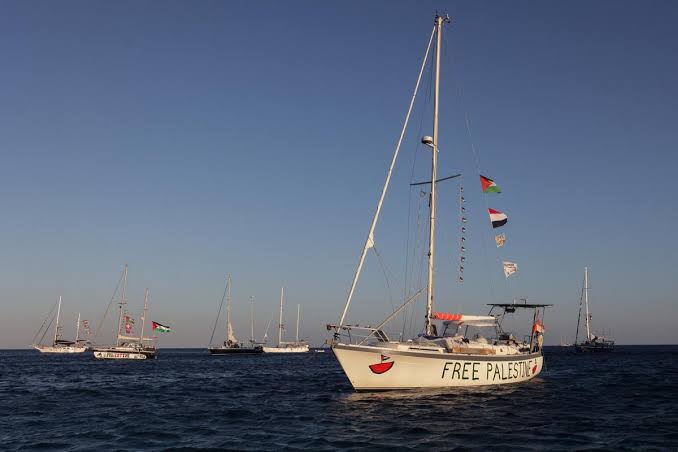When a fleet of boats set sail with food and medicine for Gaza, few expected it to become one of the most closely watched events of the year. Yet within days, the Global Sumud Flotilla had transformed from a humanitarian mission into a digital movement followed by millions worldwide.
At the heart of its success was technology. Organizers relied on live cameras, advanced tracking devices and social media updates to make sure people everywhere could see what was happening in real time.
Each time Israeli forces intercepted a boat, video clips and status updates were immediately uploaded, creating a powerful sense of global connection.
In Glasgow, two web developers, Lizzie Malcolm and Daniel Powers, worked through the night to keep the flotilla’s website running. They updated the location and condition of vessels one by one as soldiers boarded them. The site received millions of visits in just two days, far more than any project they had ever handled.
The flotilla itself was large: more than 40 civilian boats carrying 500 people, including parliamentarians, lawyers, activists and well-known figures such as climate activist Greta Thunberg. Though the convoy never reached Gaza and was diverted to Israel, the mission still left a mark.
From protests across Europe to solidarity strikes in Italian ports, the movement gained strength far beyond the sea. By combining technology with grassroots organizing, the flotilla turned its interception into a story of resilience.
What began as an effort to deliver aid ended up sparking one of the loudest global calls yet to lift the blockade on Gaza.


